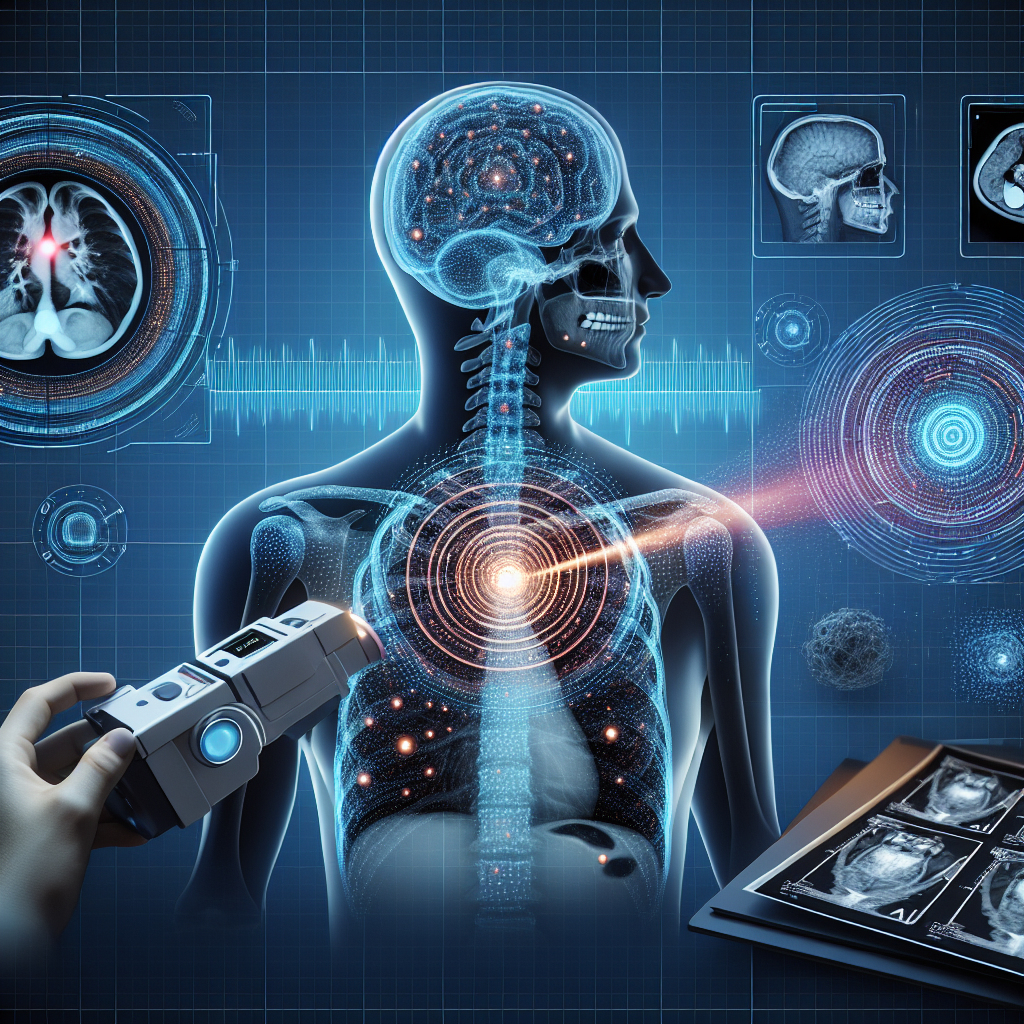The swift adoption of artificial intelligence (AI) in radiology is transforming the interpretation and application of medical imaging. By leveraging sophisticated algorithms and machine learning methods, AI promises to enhance the precision and efficiency of diagnostic operations, ultimately benefiting patient care.
The Role of AI in Radiology
AI technologies, mainly deep learning and neural networks, analyze extensive volumes of imaging data. These algorithms are trained on millions of radiographic images to recognize patterns, anomalies, and correlations that might elude human observers. Key areas where AI is influencing the field include:
-
Image Analysis and Interpretation: AI can rapidly assess X-rays, MRIs, and CT scans, identifying issues such as tumors, fractures, and other diseases. For instance, AI algorithms can pinpoint lung nodules on chest X-rays with exceptional accuracy, sometimes surpassing human radiologists.
-
Workflow Optimization: AI enhances radiology workflows by automating repetitive tasks, such as image sorting and initial evaluations. This enables radiologists to concentrate on more complex cases, thereby boosting productivity and reducing burnout.
-
Clinical Decision Support: AI can aid radiologists by offering evidence-based suggestions. Tools equipped with AI algorithms can spotlight areas of concern and recommend potential diagnoses, enabling informed decision-making.
- Predictive Analytics: By examining historical imaging data, AI systems can forecast patient outcomes and the likelihood of disease progression, facilitating proactive management and personalized treatment strategies.
Enhancing Accuracy
One of the most notable contributions of AI to radiology is the improvement of diagnostic accuracy. Traditional methods may suffer from human errors due to fatigue, oversight, or variability in image interpretation. AI’s capacity to consistently analyze images without fatigue helps alleviate these concerns.
Numerous studies illustrate AI’s capability to match or even exceed the performance of human radiologists in specific tasks. For example, in mammography screenings for breast cancer, AI algorithms have achieved performance metrics comparable to or better than human experts, resulting in earlier and more reliable detection.
Improving Efficiency
Efficiency in radiology is essential, especially with the growing demand for imaging services. AI algorithms assist in triaging imaging studies, ensuring that urgent cases are addressed promptly. This not only accelerates diagnosis but also enhances patient management, reducing wait times and improving overall care.
Furthermore, by automating repetitive tasks like measuring and segmenting structures within images, AI allows radiologists to focus on more critical dimensions of patient care. This collaborative dynamic between AI and radiologists can nurture a more responsive and agile healthcare environment.
Challenges and Considerations
While the advantages of AI in radiology are evident, challenges persist. Integrating AI systems necessitates significant investments in technology and training. Moreover, concerns about data privacy, regulatory approval, and aligning AI with existing workflows hinder widespread adoption.
There is also a pressing need for transparent algorithms to ensure that the decision-making processes of AI are comprehensible and accountable. Radiologists must receive appropriate training to work effectively alongside AI, ensuring they can validate the technology’s recommendations while maintaining a central role in patient care.
The Future of AI in Radiology
The outlook for AI in radiology is encouraging. As technology continues to advance, we anticipate AI systems becoming even more sophisticated, integrating real-time data and predictive analytics to further enhance imaging studies.
Future developments may involve improved interoperability with electronic health records and advanced capabilities for identifying various health conditions or anticipating treatment responses. As AI technologies evolve, they will likely play a pivotal role in transitioning towards a more patient-centered, efficient, and effective healthcare system.
Conclusion
AI is transforming radiology by increasing both accuracy and efficiency in medical imaging. Through collaboration with human radiologists, AI technologies are augmenting diagnostic capabilities and reshaping workflows, ultimately leading to improved patient outcomes. As we address the challenges of implementation and harness AI’s potential, the future of radiology is poised to be not only innovative but also profoundly advantageous for healthcare as a whole.

